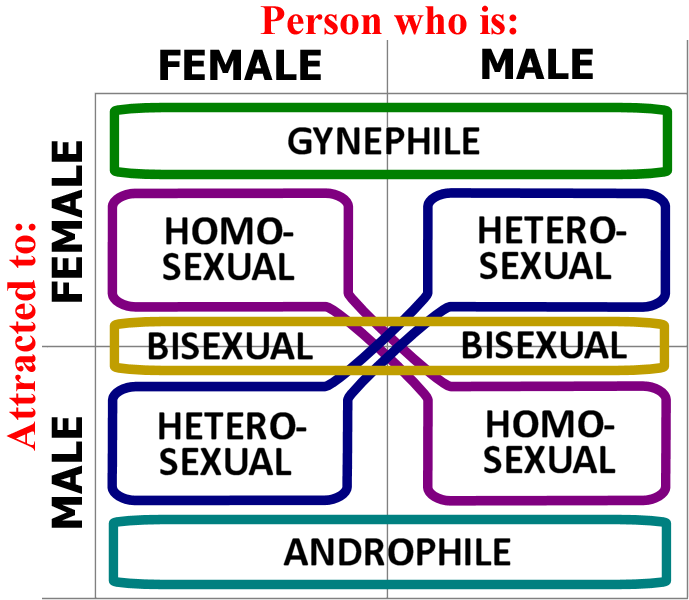Igår postade jag på Twitter en länk till en studie som presenterade siffror över sannolikheten att man får orgasm vid sexuella aktiviteter beroende på kön och sexuell läggning. Jag uppmärksammade också det viktigaste fyndet som var att lesbiska kvinnor hade högre sannolikhet att få orgasm jämfört med kvinnor som var hetero- eller bisexuella. Detta inlägg möttes av en hel del frågor, kritik, spekulationer och till och med manshat. Med andra ord – ett riktigt klickbete som förtjänar ett blogginlägg.
I studien deltog 2850 amerikanska sexuellt aktiva ensamstående män och kvinnor. Dessa personer fick själva uppge hur ofta de fick orgasm när de hade sex med en person de kände sedan tidigare (angett i procent). De fick också själva rapportera sin sexuella läggning. Samtliga uppgifter samlades in genom en webbaserad enkät.
Resultaten visade att singelkvinnor i snitt fick orgasm 63 % av de gånger de hade sex med en bekant partner och motsvarande siffra bland män var 85 %. Skillnaden mellan könen var statistiskt signifikant p< 0.001. Bland män var sannolikheten för orgasm vid sexuell aktivitet inte beroende av sexuell läggning men bland kvinnor kunde man se att sannolikheten för orgasm bland lesbiska var högre (75 %) än bland hetero- (62 %) och bisexuella kvinnor (58 %).
Studien undersöker inte närmare vad dessa skillnader beror på, men visst kan man spekulera i att det beror på hur man har sex, hur länge man håller på, hur man definierar att en sexuell aktivitet är avslutad, osv.
När det gäller självrapporterat sexuellt beteende på nätet blir man alltid lite nervös med tanke på risken för urvalsbias men dessa frågor är en del av en nationell hälsostudie som ska vara representativ för USA. Det är dock tveksamt om resultaten är generaliserbara till personer i fasta relationer eller vid one-night-stands. För övrigt anses självrapportering överlag vara ganska skakigt men det finns naturligtvis inget annat alternativ här. Med tanke på att det fejkas en del i dessa sammanhang är nog inte partnern en pålitligare informationskälla. Slutligen är det tänkbart att det är svårt att minnas och ange sannolikheten för orgasm i en procentsats. Således kan alla heterosexuella män (och andra) som inte vill tro på denna statistik helt enkelt kan hävda att resultaten beror på att kvinnor har dåligt minne, är pessimister samt är sämre på matte.

Orgasm occurrence and sexual orientation
Yesterday, I posted a link on Twitter to a study presenting figures on how the probability of orgasm during sexual activities, depending on gender and sexual orientation. I also noted the main finding showing that lesbian women were more likely to have an orgasm than women who were heterosexual or bisexual. This post received a lot of questions, criticism, speculation and even man-hate. In other words – a real click bait that deserves a blog post.
The study involved 2,850 American sexually active single men and women. These individuals were asked how often they had an orgasm when having sex with a familiar person (indicated in percent). They also self- reported their sexual orientation. The data was collected through an online survey.
The results showed that single women on average had an orgasm 63% of the times they had sex with a familiar partner and the corresponding figure for men was 85%. The gender difference was statistically significant p <0.001. Among men, the probability of orgasm during sexual activities did not depend on sexual orientation, but among women the probability of orgasm among lesbians was higher (75%) than among heterosexual (62%) and bisexual women (58%).
The study does not examine more closely the reason for these differences, but certainly one can speculate that it depends on how you have sex, for how long you have sex, how completion of a sexual activity is defined, and so on.
Self-reported sexual behavior online surveys are often subjected to selection bias, but these questions are part of a national health study that should be representative of the United States. However, it is questionable whether the results are generalizable to individuals in relationships or for one-night-stands. Although self-reporting is considered to be generally quite shaky, there is certainly no other option here. Given how faking is common in these contexts, the partner is probably not a reliable source of information. Moreover, one can well imagine that it is difficult to remember and estimate the likelihood of orgasm in percentages. Therefore, all heterosexual men (and others) who do not want to believe these statistics can simply argue that the results are explained by the fact that women have poor memory, are pessimistic and are worse at math.